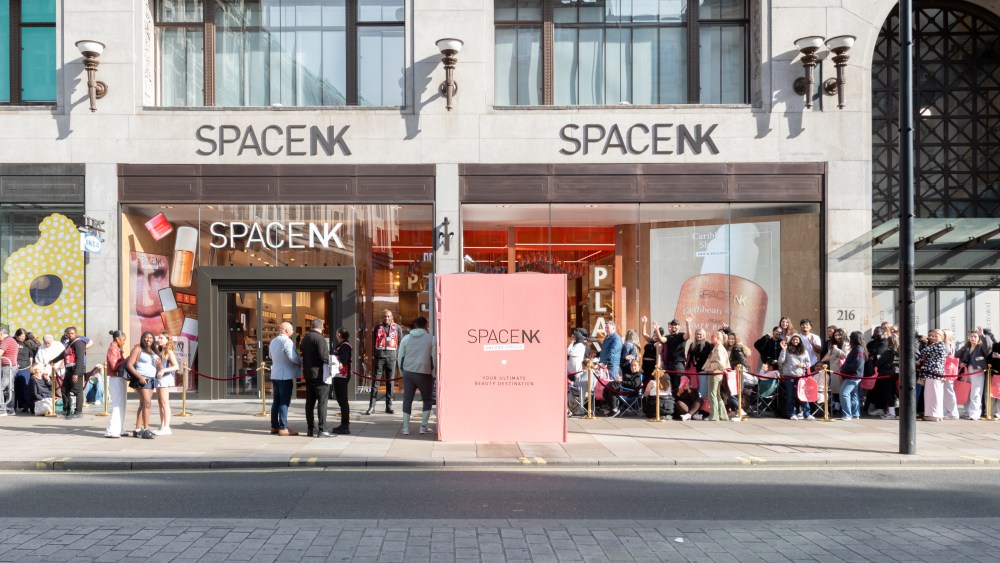Preliminary analysis of holiday 2023 sales data has retailers breathing a collective sigh of relief, with gains averaging around 3 percent. But research firm Circana has a different take.
Circana reported exclusively to WWD on Wednesday that consumers spent 6 percent less across general merchandise categories for the Oct. 1 to Dec. 23 period, compared to the same period last year.
That negative assessment contrasts somewhat with Mastercard Spending Pulse’s preliminary insights, released Tuesday, that U.S. retail sales increased 3.1 percent year-over-year this holiday season.
However, the two companies measure holiday sales using different methodologies.
Mastercard’s findings are based on in-store and online retail sales across all forms of payment, including credit cards, for the Nov. 1 to Dec. 24 period. The figures exclude automotive sales and are not adjusted for inflation, which in the U.S. was 3.1 percent as of last November.
Circana’s findings come direct from retailers and include general merchandise categories — apparel, technology, toys, housewares, small appliances, auto parts and beauty — but not food or consumer packaged goods. The early findings also do not include off-price and e-commerce marketplace data.
Circana, which researches consumer behavior and consults with retailers and brands, is expected to release a fuller report on general merchandise sales on Jan. 3, based on additional data gathered.
According to Don Unser, Circana’s president of thought leadership, the data released to WWD exclusively represents “an early read of POS data from our top retailers to give us a sense of trends at a top line. It is a great tool and aligns well to our full datasets that have much more detail. This dataset doesn’t have e-commerce marketplace or off-price apparel channels. These will be included in our full data when it releases. Both of these channels are showing growth.”
Circana also revealed Wednesday the following insights pertaining to general merchandise only:
- The week ending Dec. 23 was only down 3 percent and was the best performing week of the season. Beauty and video games (excluding digital) experienced the fastest growth over last year.
- Prestige beauty continued to be the lone industry showing growth for the fourth-quarter holiday period with 12 percent growth over last year.
- Hot gift items were portable beverage, toy building sets and most categories in beauty.
- Economic conditions continue to challenge many U.S. households with nearly three years of wages not keeping up with the rise in prices at U.S. retail. This has forced real trade-offs for the U.S. consumer in retail and all areas of their spending.
On Tuesday, Marshal Cohen, chief retail adviser for Circana, told WWD, “It was a ho-hum holiday. When the dust settles, a lot of retailers will be satisfied with their results. Most will have met expectations.”
Noting how retailers cautiously managed inventories, Cohen said, “It’s better to keep it low and sell out than to have to sell off. Retailers were more concerned about margins and inventory levels than volume dollars. We didn’t see these huge fire sales or huge inventory dumping that we saw in years past.”


